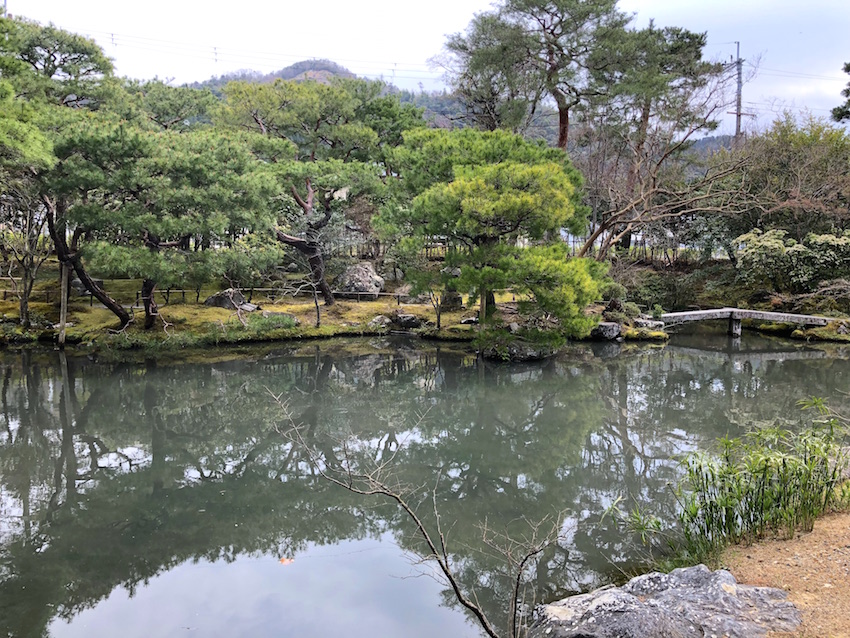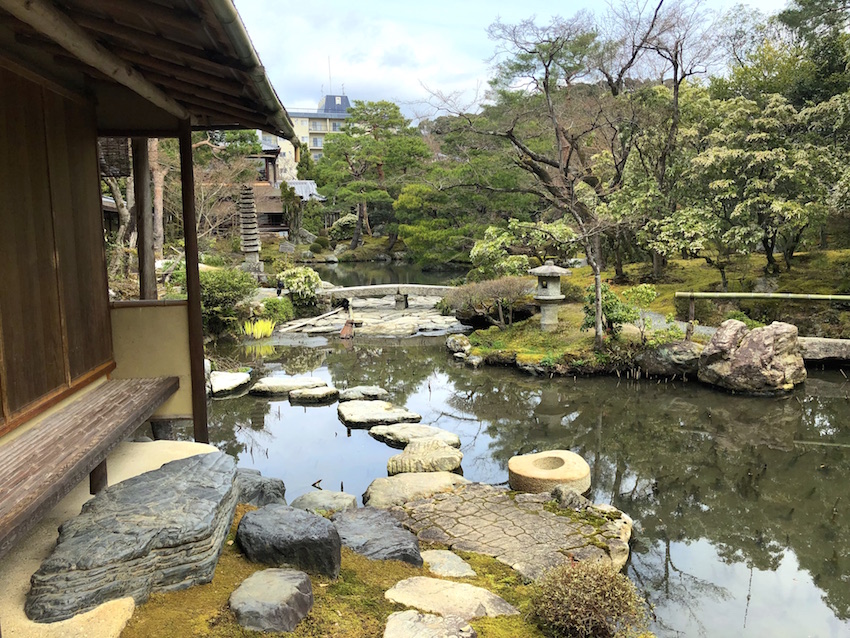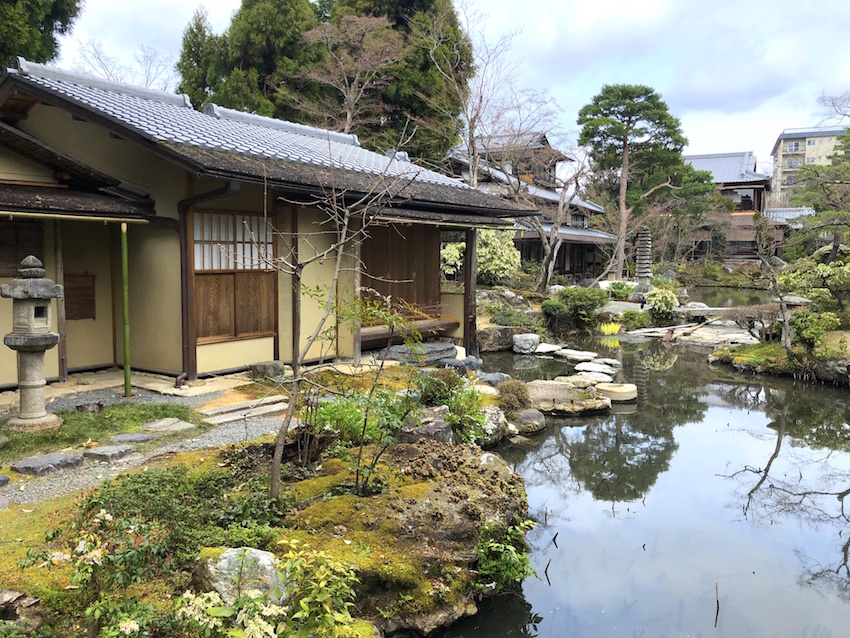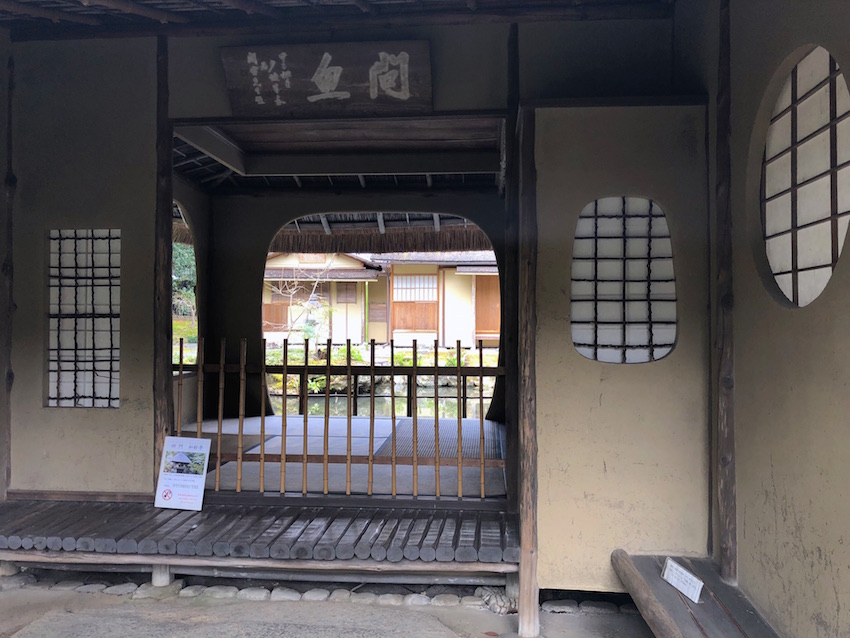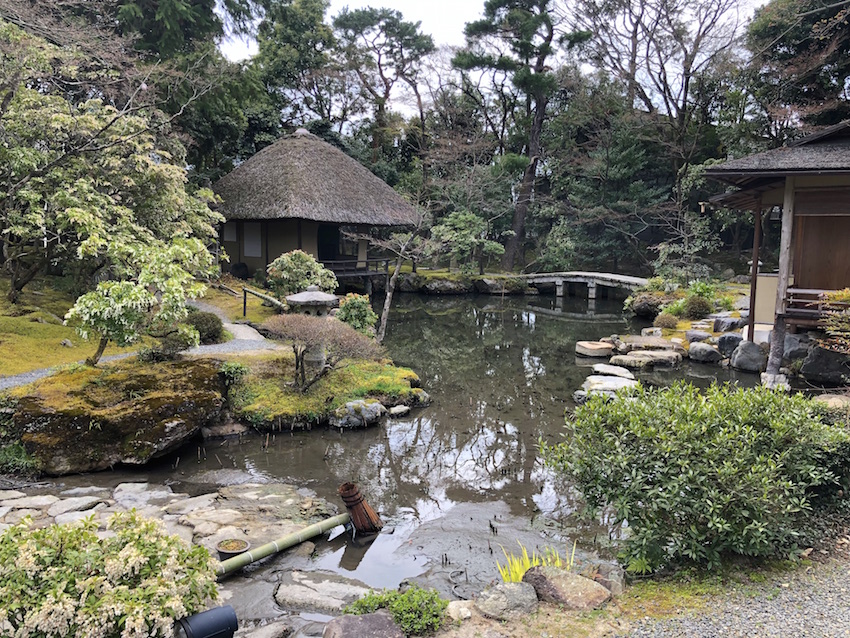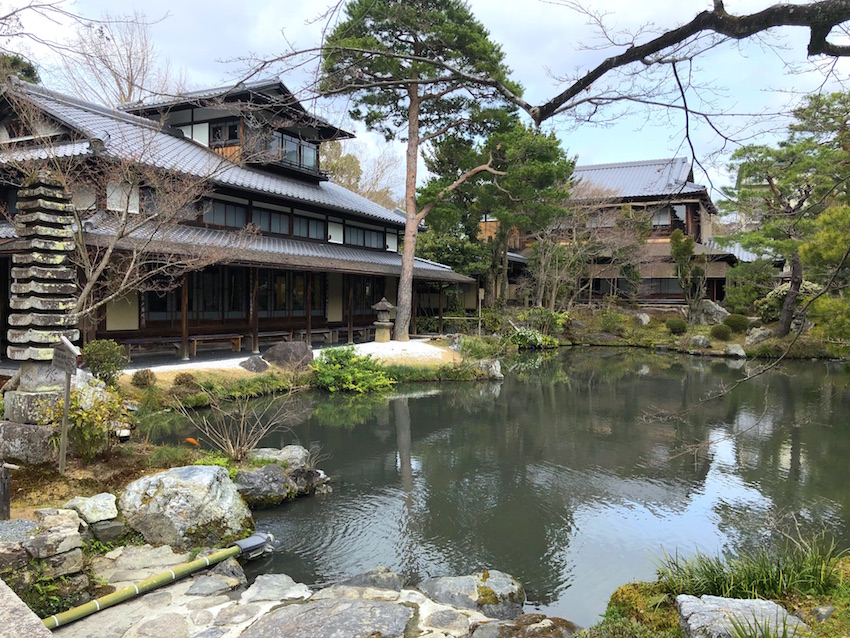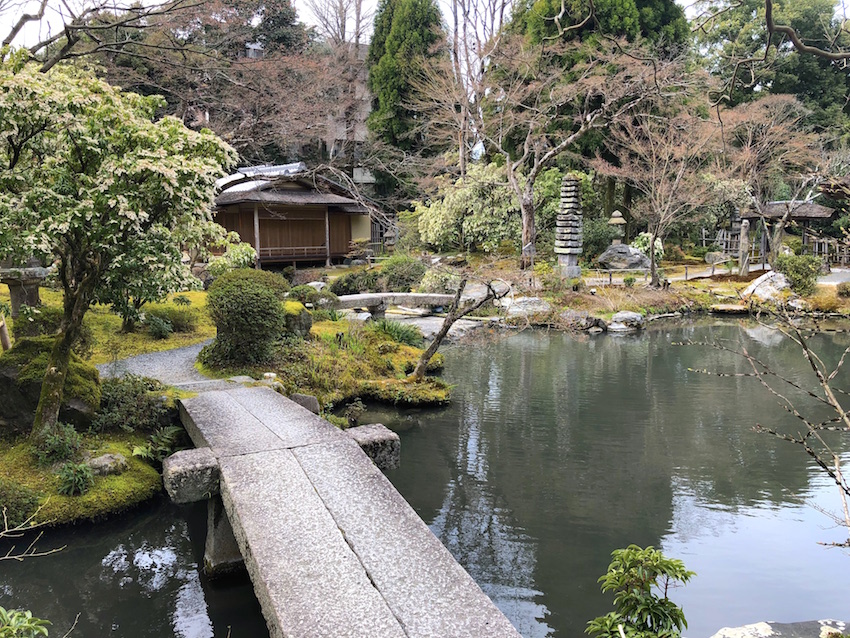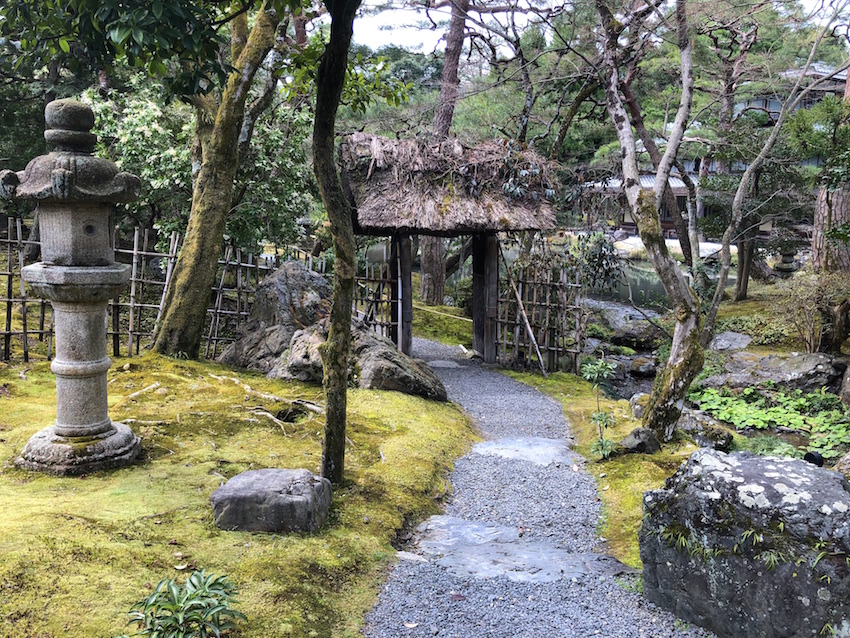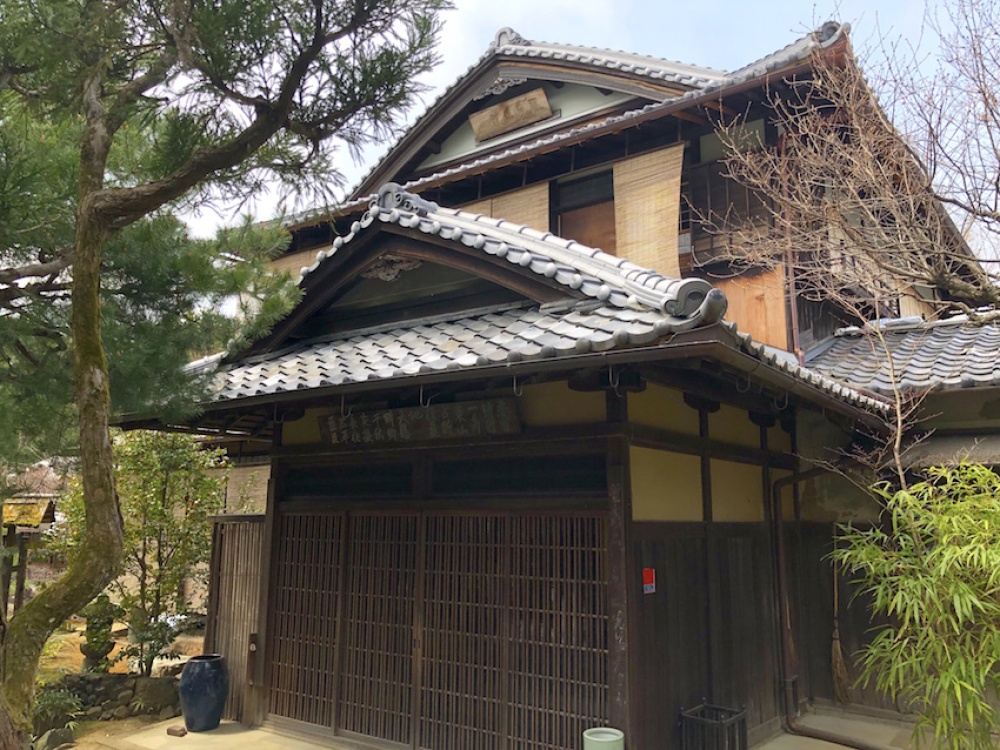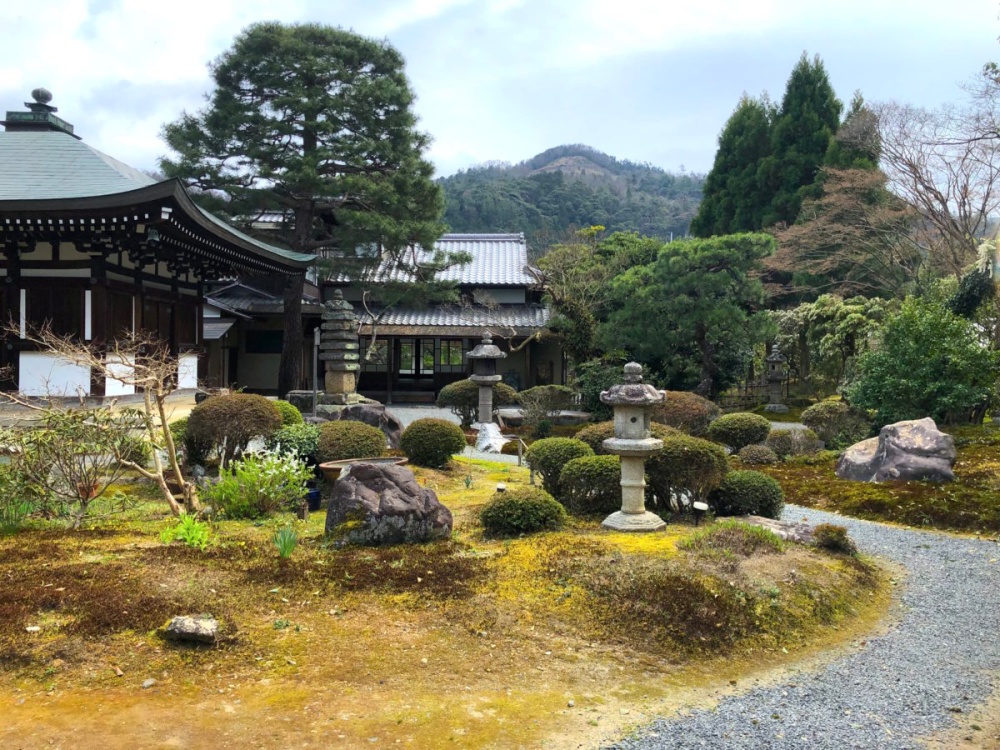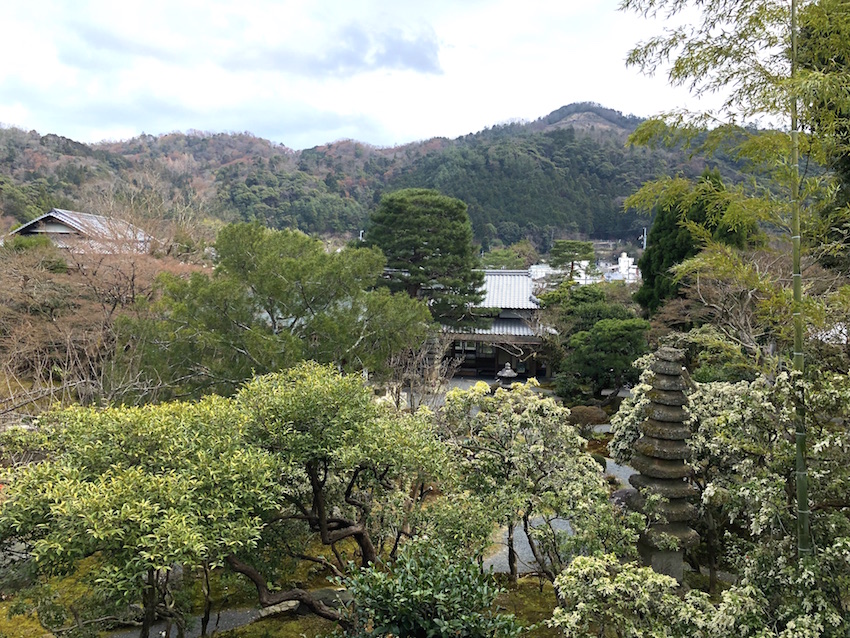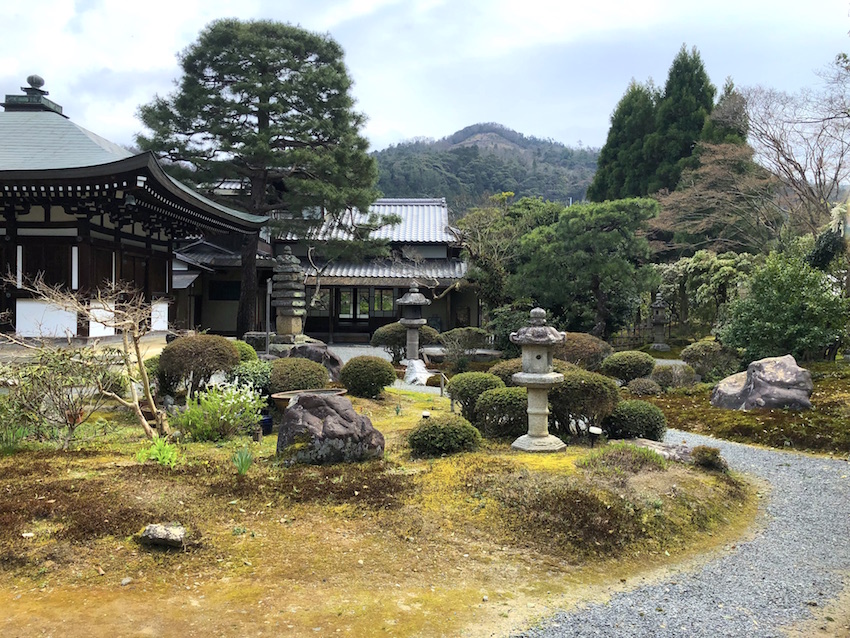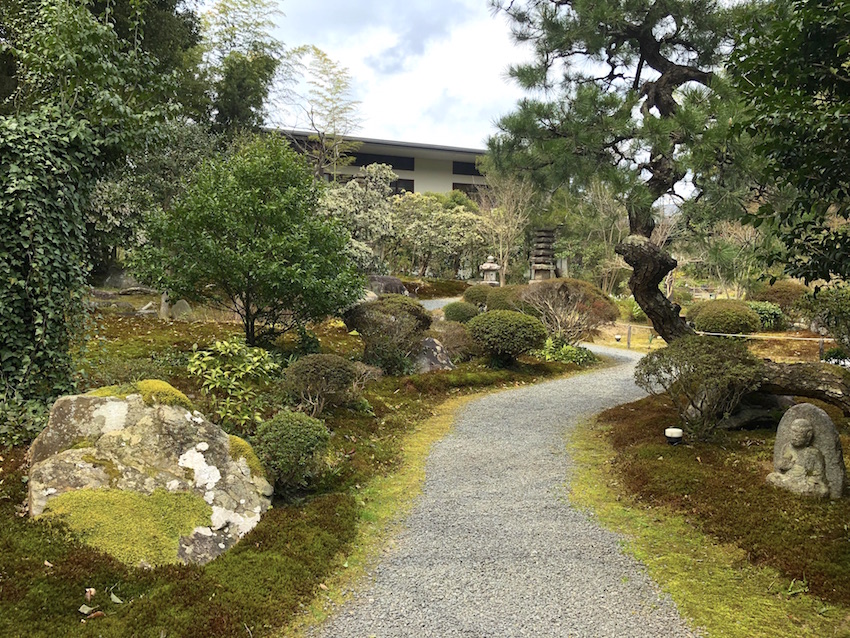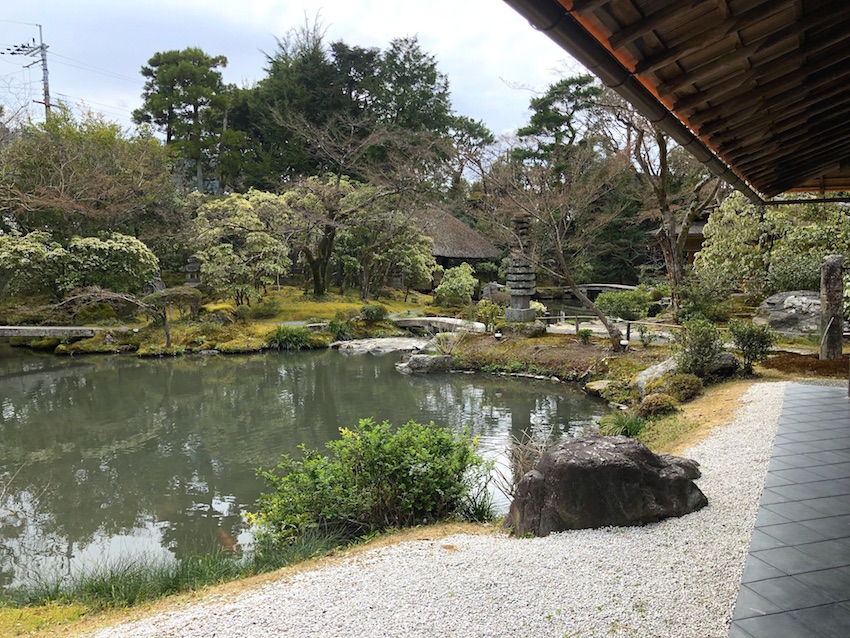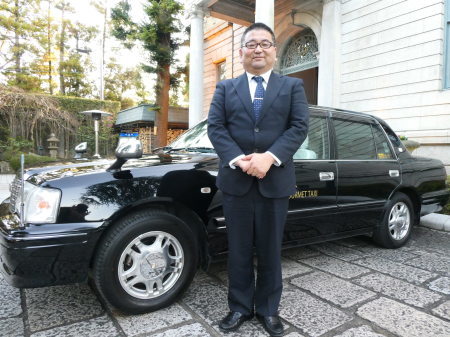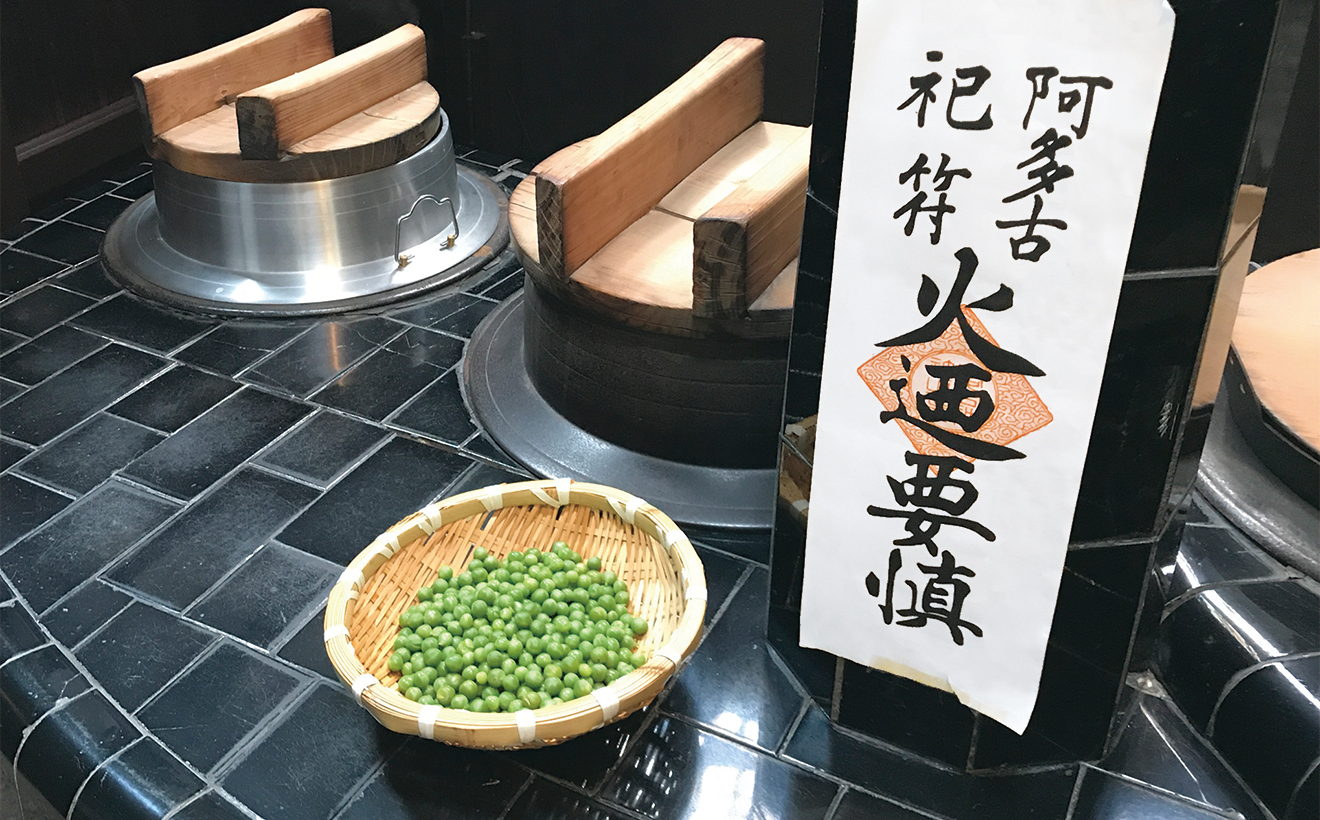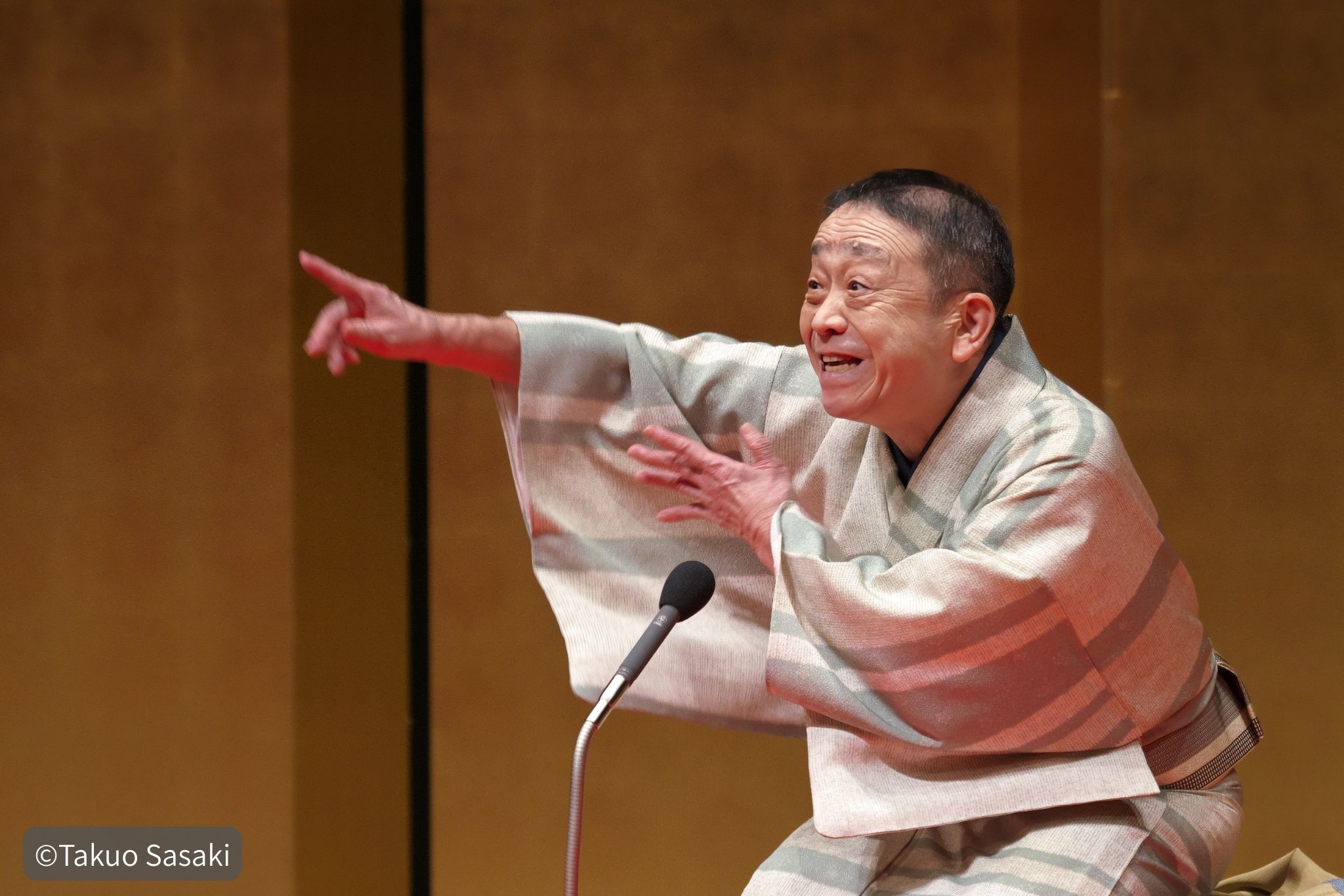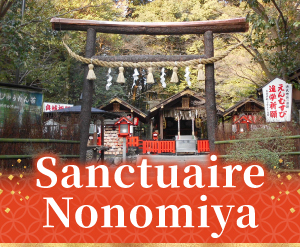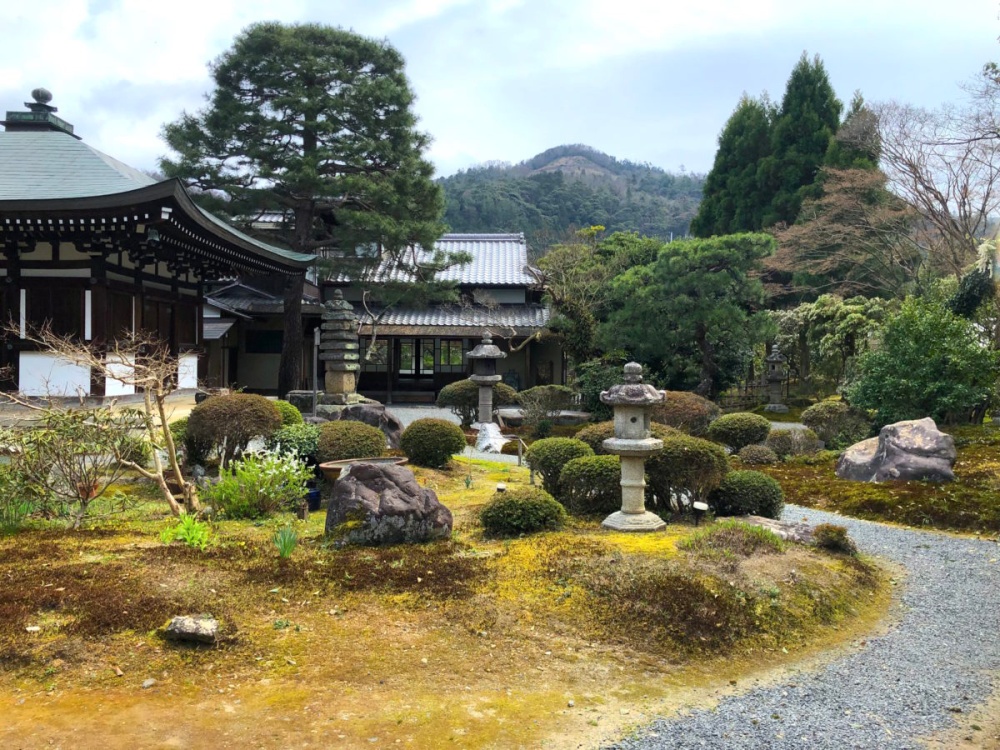
À propos du jardin et musée Hakusasonso Hashimoto Kansetsu
Situé près de l'arrêt de bus du temple Ginkaku-ji (également connu sous le nom de Jisho-ji), site classé au patrimoine mondial et trésor national, Hakusasonso a été construit pour servir de résidence au peintre japonais Hashimoto Kansetsu de l'ère Taisho-Showa. Ce vaste jardin japonais, conçu dans le style chisen kayu autour d'un étang central avec le mont Daimonji-yama en arrière-plan, a été classé site national de beauté pittoresque. Il abrite également un musée d'art présentant les œuvres et les collections de Hashimoto Kansetsu.
Mars 2019 a marqué ma première visite au temple Ginkaku-ji en six ans. Avant de m'y rendre, je m'étais arrêté dans ce jardin et ce musée, pour la première fois depuis quatre ans. Quel que soit le jour ou la saison, le sentier menant au temple Ginkaku-ji est toujours bondé ; Hakusasonso est à cinq minutes à pied de l'entrée du temple par ce sentier.
Malgré la foule et l'emplacement juste devant l'arrêt de bus, j'ai passé une demi-heure à Hakusasonso sans croiser personne dans le jardin ou le musée d'art. Avoir cet espace pour moi était bien sûr agréable, mais j'ai été surpris que la différence de popularité avec le temple Ginkaku-ji explique que ce lieu touristique soit si peu fréquenté… ! Pour que ce magnifique jardin, avec sa vue imprenable sur le mont Daimonji-yama, soit si peu fréquenté, il doit vraiment être un secret local… Le prix d'entrée comprend également l'entrée au musée, donc même s'il est plus cher que d'autres temples et sanctuaires, il vaut vraiment le détour !
*À noter : j’ai entendu dire que le jardin était très fréquenté jusqu’à l’année dernière. La dernière fois que je l’ai visité, en décembre 2014, le nouveau musée d’art venait d’ouvrir. Et donc, tout comme cette fois-ci, c’était peut-être relativement calme et paisible.
La construction de Hakusasonso a commencé en 1914. La construction de ses différents bâtiments, tels que la maison principale construite de 1914 à 1938, l'atelier d'art, le belvédère Azumaya, la salle Jibutsudo (une salle pour conserver les statues privées de Bouddha) et de nombreux salons de thé installés dans un bâtiment de style occidental, s'est poursuivie sur le terrain de 10 000 m2 pendant 30 ans.
Outre les bâtiments, d'anciennes œuvres d'art en pierre datant de la fin du VIIIe siècle jusqu'au milieu du XIVe siècle ont également été placées dans ces locaux. L'une des caractéristiques uniques de Hakusasonso est que les spécifications du jardin et des bâtiments ont été entièrement conçues par Hashimoto Kansetsu lui-même.
Le jardin japonais, qui s'étend sur une grande partie de la propriété, comme mentionné précédemment, offre une vue magnifique sur le mont Daimonji-yama en arrière-plan. De plus, le Daigashitsu Zonkoro (« Grand Atelier Zonkoro »), le bâtiment de deux étages au bord du lac, était, comme son nom l'indique, un atelier (la prise de photos est autorisée dans le jardin, mais pas à l'intérieur). Vous pourrez profiter de vues différentes sous tous les angles en vous promenant parmi les différentes structures qui parsèment le jardin : le belvédère azumaya au toit de chaume appelé Nyohotei, et les salons de thé Isui-tei et Keijaku-an.
De plus, la terrasse du deuxième étage du musée Hashimoto Kansetsu donne directement sur le mont Daimonji. La vue est incroyable !
Le NOANOA, un restaurant-salle à manger situé sur cette propriété, fait face à Ginkakuji-michi, la route menant au temple Ginkaku-ji. Le bâtiment de style occidental qui abrite le NOANOA date du début de l'ère Showa. Il est également classé bien culturel matériel national sous le nom de « Salle de style occidental Hakusasonso ».
———–
Outre ce site, le temple Gesshin-ji, situé dans la ville d'Otsu (près du quartier Yamashina de Kyoto), un quartier associé à Hashimoto Kansetsu, mérite également le détour. Ce temple, à l'origine une maison, appartenait à Hashimoto Kansetsu, et on y trouve également un jardin japonais. Cependant, il existe un système de réservation pour visiter ce temple, qui limite généralement les visiteurs à 10 personnes ou plus. Il est dommage que la plupart des voyageurs libres n'aient pas vraiment l'occasion de le voir…
(J'ai visité en décembre 2014 et en mars 2019. Les informations ci-dessous sont exactes à la date de mon séjour. Veuillez consulter les sites Web officiels concernés pour obtenir les informations les plus récentes.)
Instructions
37 Jodoji Ishibashicho, Sakyo-ku, ville de Kyoto, préfecture de Kyoto 606-8406
Tél.
+81-75-751-0446
Site web
Jardin et musée Hakusasonso Hashimoto Kansetsu
Accéder
À environ 2 km (25 minutes à pied) de la gare de Demachiyanagi sur la ligne Keihan. À 3 minutes à pied des arrêts de bus Ginkakuji-michi et Ginkakuji-mae.



